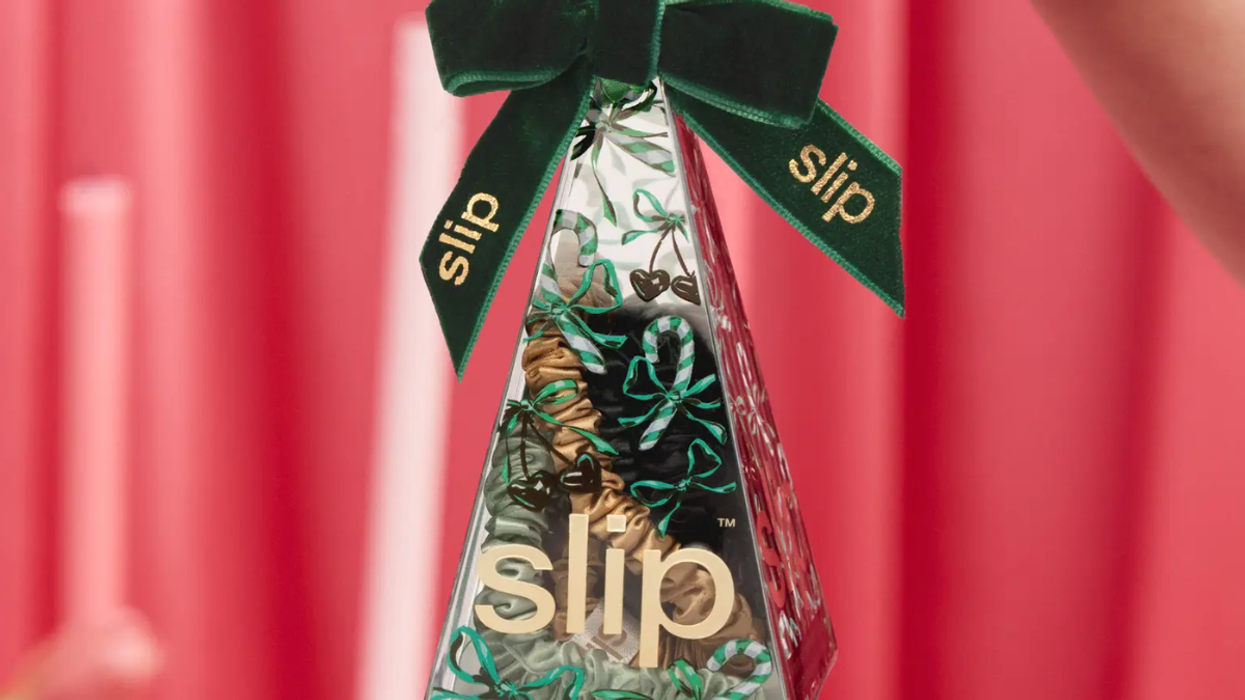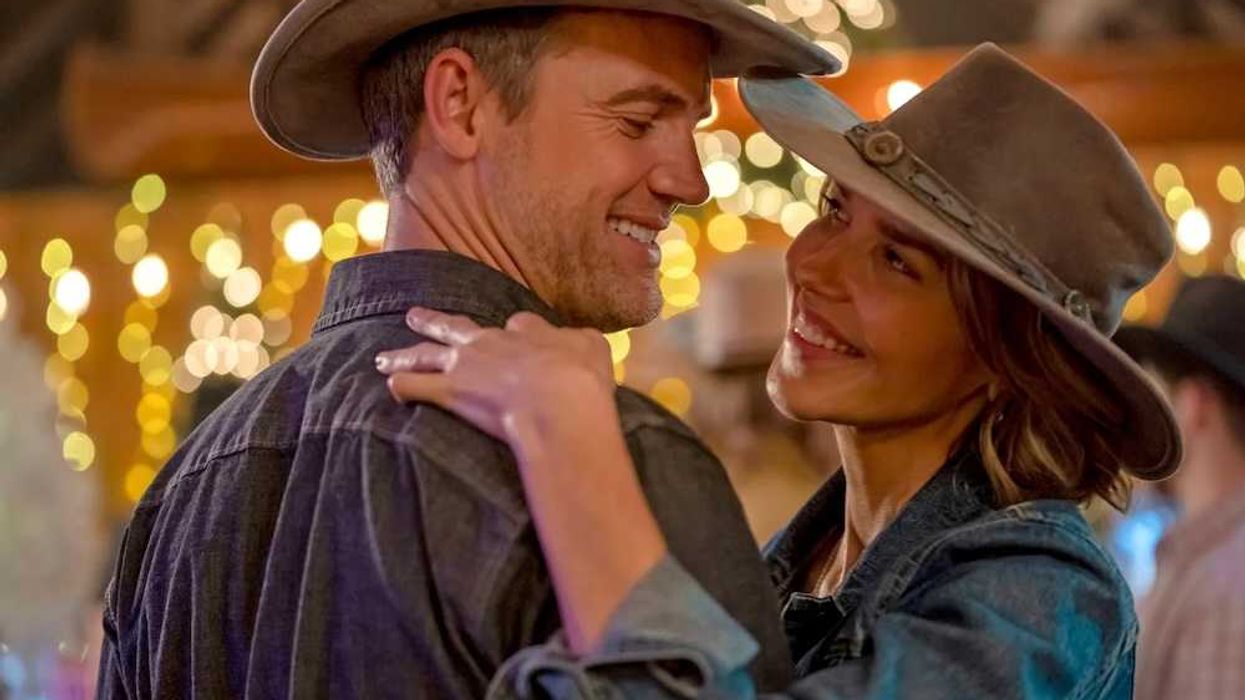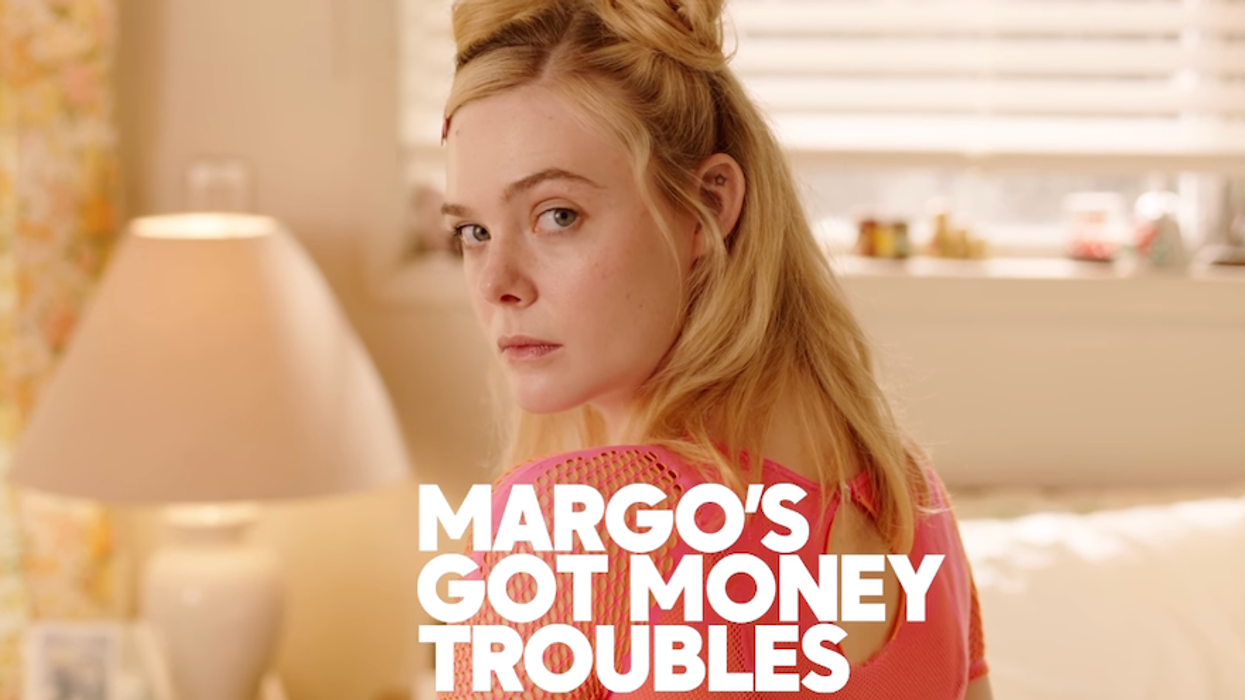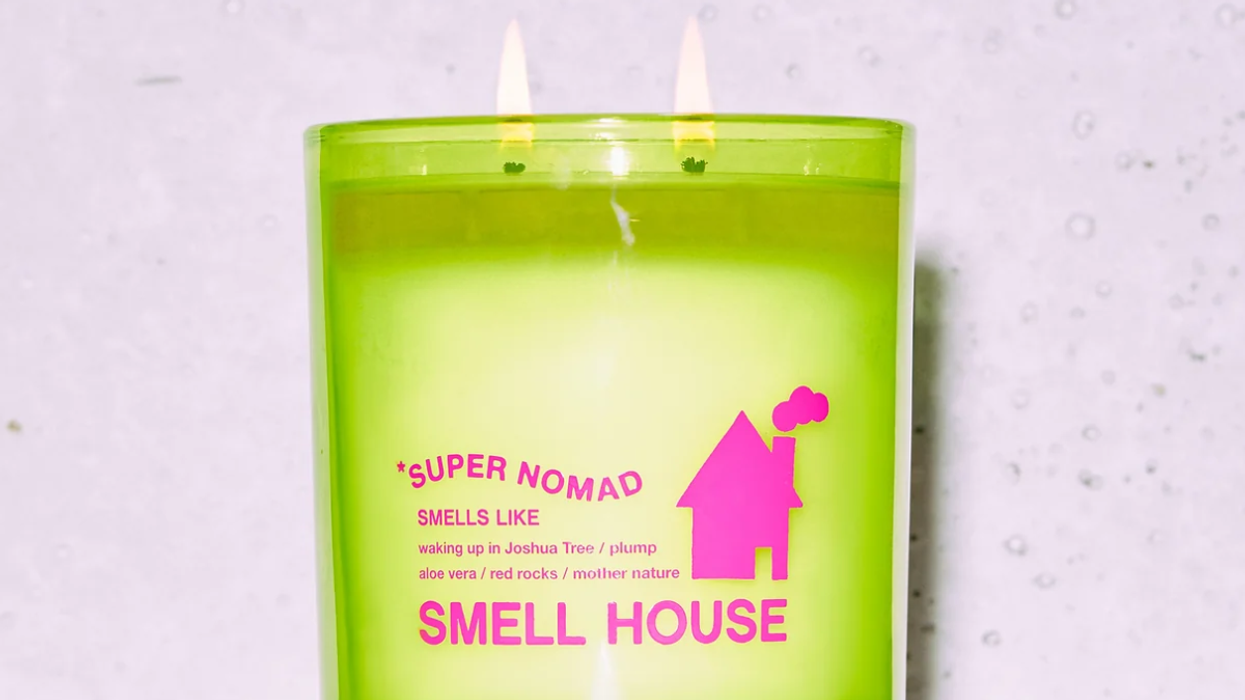Amanda Chantal Bacon clues us in on how she achieves a healthy glow.
Moon Juice Founder Amanda Chantal Bacon Shares 8 Ways to Get That Healthy Glow
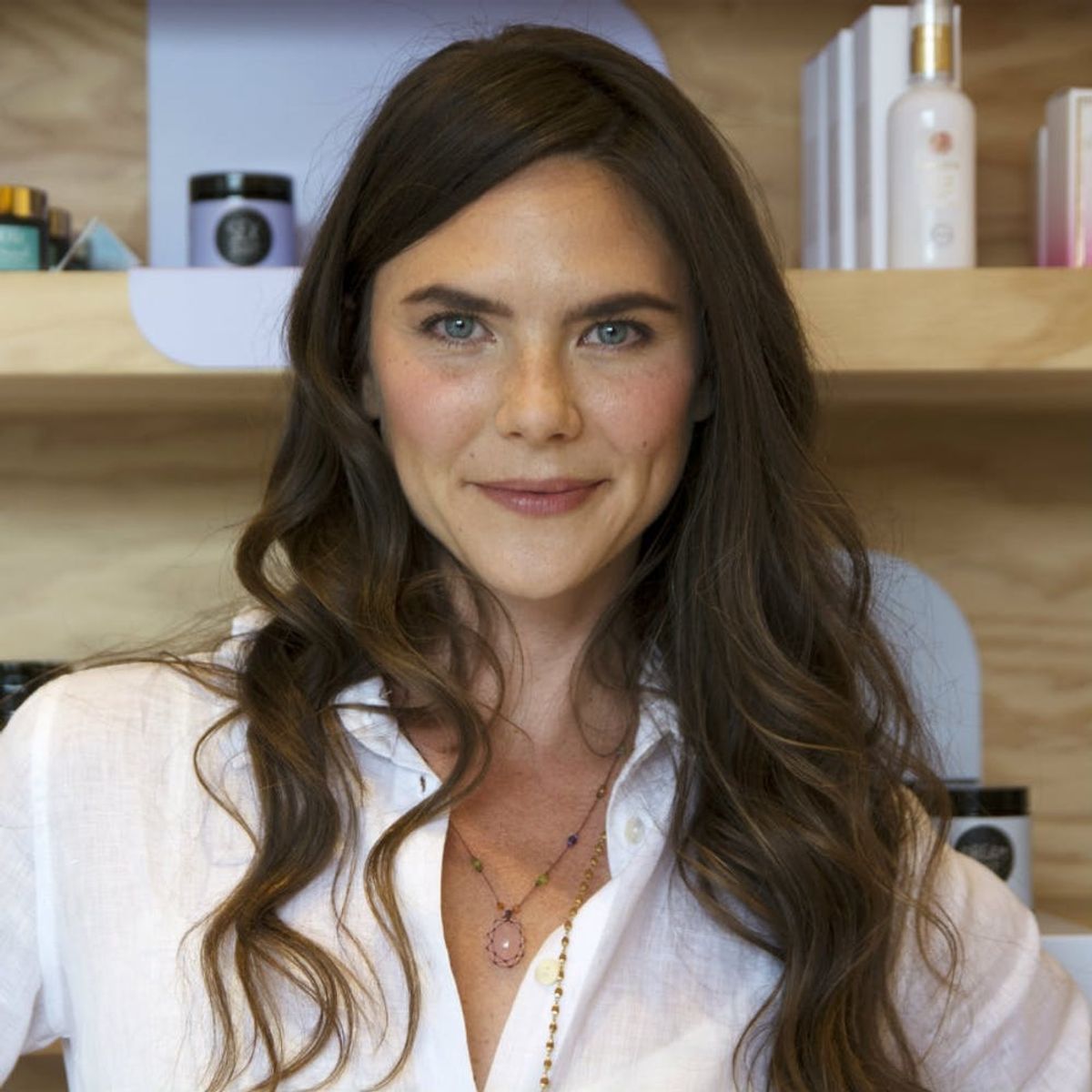
With margarita-worthy weather and Instagram-worthy blossoms in full bloom, it’s clear to see that summer is coming in hot. Ready to de-stress, adopt a healthy mindset, and feel your best before hitting the beach for a much-needed vacay? Us too! In search of healthy secrets that’ll help us glisten and glow from the inside out, we reached out to Amanda Chantal Bacon, the founder of Los Angeles natural juice hotspot Moon Juice (and its crazy popular Beauty Dust). A bona fide expert when it comes to sustainable wellness and creative foods that help and heal, Bacon shared eight things anyone can do to achieve a healthy glow.
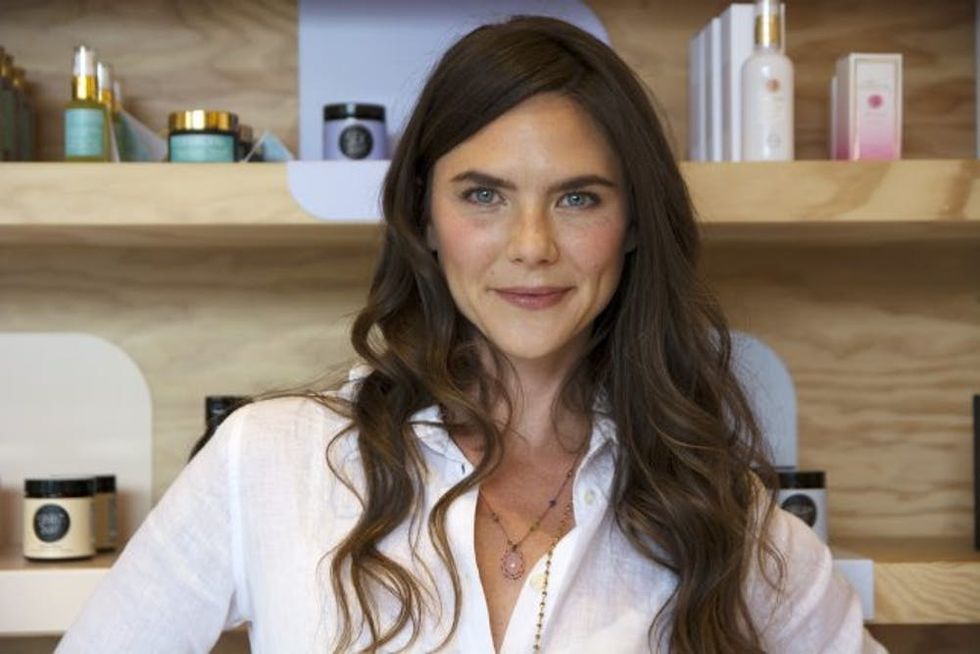
1. Go raw. According to Bacon, raw food has so many benefits that’ll help you glisten and glow. “They’re nutrient dense, versatile, delicious, easily available, and form the basis of simple snacks and meals that require only a few minutes of preparation,” she explains. “Some easy raw staples to keep on hand include activated cashews, avocados, cacao, green leaves, and fermented veggies.” She tells us that regularly eating good raw fats will radically enhance your mood and mental capacity, deeply affecting relationships and performance. Perfect!
2. Get alkalized. “When you balance your pH, you make your body an inhospitable environment for disease,” Bacon says. “Existing in an alkaline state is key to maintaining a calm and joyful life.” She says that alkalinity will help you experience an overall glow, with radiant skin and sparkling eyes. When it comes to what you should eat to balance your levels, she tells us the greener the food or drink, the better. “One of the best alkaline foods is actually bee pollen, as it’s an amazing beauty and muscle food.”
3. Mineralize. Give your brain and body the nutrients they need to thrive and you’ll begin to glisten from the inside out. “Eat an abundance of mineral-rich foods like activated nuts and seeds, pink salt, cacao, leafy greens, bananas, sweet potatoes, figs, seaweed, almonds, chia, sesame seeds, pumpkin seeds, and mulberries to enhance and sustain glow-boosting beauty and joy,” Bacon suggests. “Even more, becoming mineralized will soothe inflammation, tame degeneration, and fully activate enzymes in your cells. You can expect nourishment for your skin, hair, and nails.”
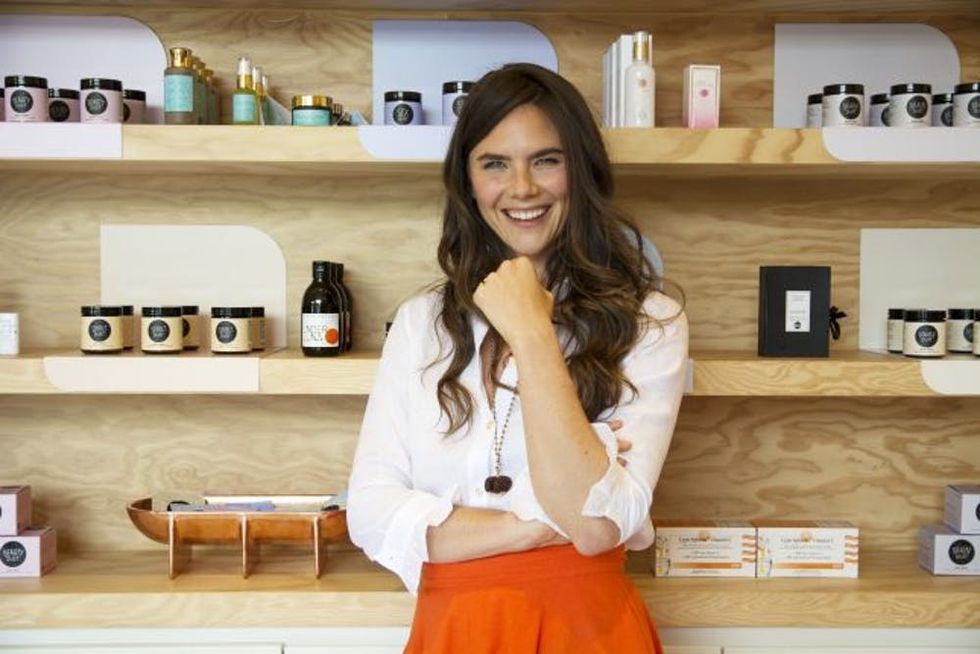
4. Eat good fat. “We need good fat for brain function, hormone production, metabolism, weight loss, energy, immune function, and inflammatory response,” Bacon tells us. To get your glow on by eating healthy fats, she tells us to reach for raw plant fats like avocado, coconut, nuts, seeds, olive oil, and green juice, which have good fat in the form of omega-3s. “Contrary to how we’ve been trained as a culture to think of fat as fattening, properly eating fat can help you reduce fat levels in the body,” she says.
5. Rewild yourself. “Your gut accounts for two-thirds of your immune system and is the true foundation of health, happiness, and beauty,” Bacon tells us. She says to remember that fermented foods are a superlative source of enzymes and probiotics, which nurture intestinal microflora, heal the gut, and even recolonize the intestines with organisms that defend against disease, viruses, and yeast. Whoa! “These immunity-building foods will improve your digestion and nutrient absorption, create glowing skin, and improve your mood and brain function.” Not so sure? Bacon swears that rewilding is most delicious (and cost-effective!) with fermented foods like cultured veggies, nut cheeses, coconut kefir, and yogurt. Yum.
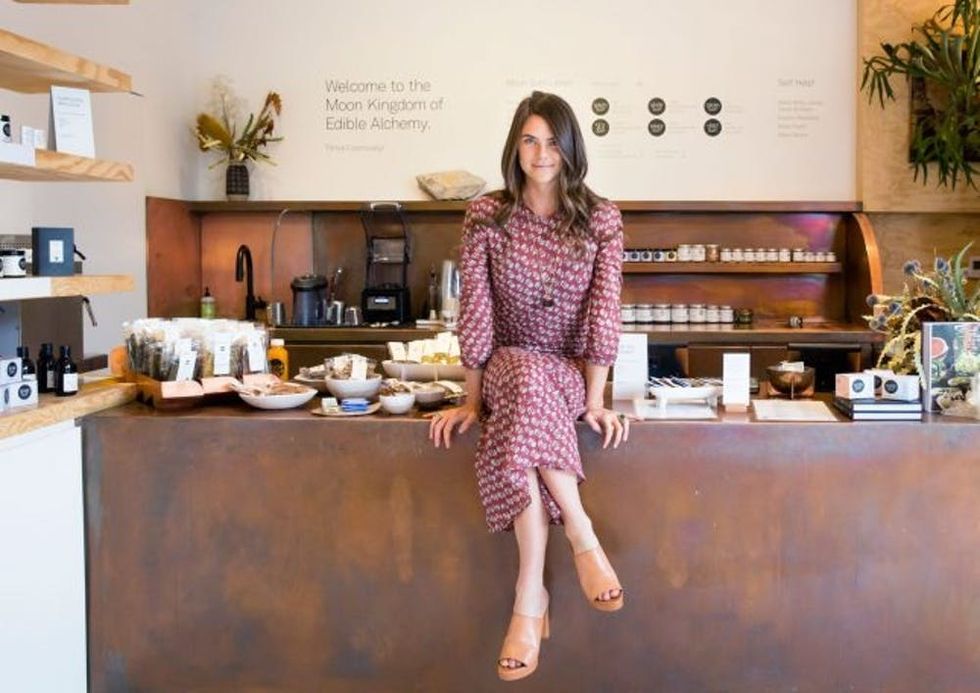
6. Opt for lower glycemic foods. Bacon tells us that eating in a low-glycemic fashion will help your digestive system with good bacteria and not candida, which feasts on sugar. “Eating fermented foods will actually *support* your efforts to cut back on sugar,” she notes. So, if you have a sweet tooth, try having a glass of kefir or some fermented veggies to combat your craving instead of giving into the urge for a sugary treat. “You’ll immediately notice brain clarity, elevated energy, tamed inflammation, glowing skin, and access to a steady, calm happiness.” Bacon also sings the praises of organic stevia, calling it a game-changer.
7. Amino-fy. Think of amino acids in terms of your body’s proteins, which Bacon reminds us are the “workhorse nutrients of life, totally critical to happy, healthy, and energetic bodies.” She explains that protein is important to achieving health that glows from the inside out because it builds lean muscles, helps you feel satiated, boosts your metabolism, and aids your cells in tissue growth and repair — helping you truly glisten. “The best way to take care of your amino and protein intake is to eat the right amount of calories across a colorful diet of fruits and veggies (especially dark greens), nuts or nut butters, seeds, and activated foods.” Her faves include pistachios and pumpkin seeds, quinoa, amaranth, buckwheat, oatmeal, kale, romaine lettuce, spinach, broccoli, avocados, tomatoes, and oranges. Talk about tasting the rainbow!
8. Adopt adaptogens. “Adaptogens are plants, mushrooms, and minerals that help combat the effects of stress —whether the source is mental, physical, or emotional,” Bacon tells us. “These are important because they support our innate homeostasis (or bodily balance). These will affect each person in a different way, based on the body’s need.” Since adaptogens work to restore the physiologic functions of the endocrine, nervous, and immune systems, feeding body, beauty, and consciousness from the inside out, they’re the final key to achieving your full-on glow.
Will you try any of Bacon’s tried-and-true tips? Tweet us the deets on how it goes @BritandCo!
(Photos via Amanda Chantal Bacon)






